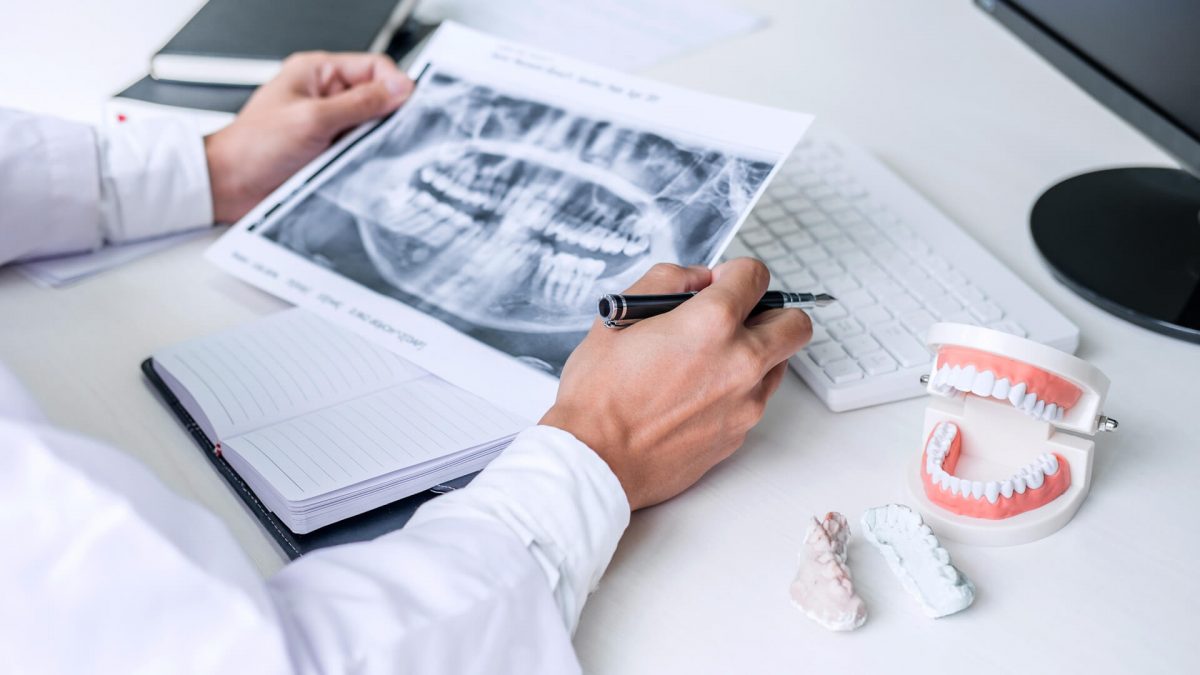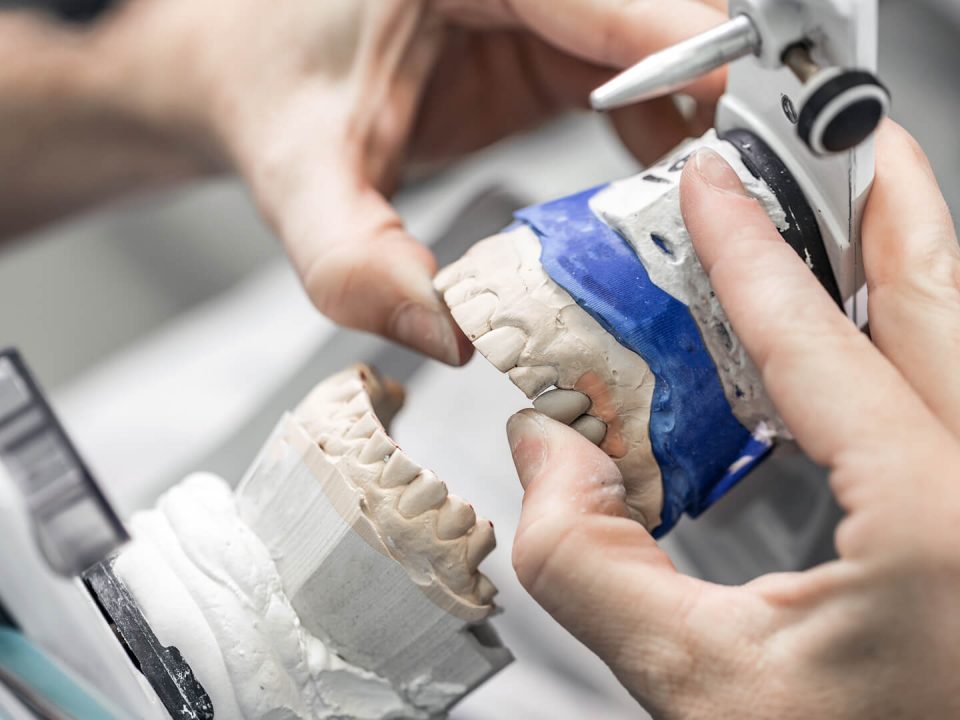Pre-Treatment Records

East Texas Dental Society Meeting 2018
August 16, 2018
Foundations/Understanding Treatment Expectations and Limitations
December 22, 2020Some restoring dentists may decide not to be present at a procedure performed by a dental specialist that is for their patient of record. While this is commonplace when referring to an oral surgeon for wisdom teeth, a periodontist for periodontal disease, or an endodontist for root canal therapy, it has become more of a burden to the various dental teams when a restoring dentist fails to include themselves in all aspects of treatment, for their patient, involving restorations with implants.
Specifically, pre-implant placement planning (P.I.P.P.) requires certain items that are best obtained by the restoring dentist. These include diagnostic quality study models, diagnostic quality radiographs, jaw relation records that allow evaluation of centric relation discrepancies that may influence the treatment outcome, and photographs (intra-oral and extra-oral).
It is a given that most general dentists do not own a cone beam scanner, but what is needed most on the front-end of implant restorations is the previously mentioned items. Many times a patient has received complex multi-disciplined treatment only to discover after the treatment has been completed, that their restorations are already failing due to inadequate restorative space, centric relation discrepancies, or even improper implant placement. In some instances, the original treatment objective was aborted to a less desirable restoration all because the initial records were not obtained.
Are pre-treatment records really that important? That is a question all of us will eventually have to answer. Hopefully, the answer will not come at the expense of even a single failed restoration or, much worse, a very costly multi-disciplined restoration (i.e. a screw-retained hybrid denture). I personally know the pain of this tempting short-cut. I obtained some of the records and because of my many years of experience, I believed I could see all I needed to see, and I proceeded with the agreed treatment plan. Only to discover as treatment moved along I did not have all the restorative space I originally believed I had. To undo this mistake, several reduction crowns were fabricated, multiple root canals were performed, and a full arch of crown lengthening, including osseous reduction of edentulous areas, was accomplished. This was done at my expense for a cost of $7500.00. It is obvious the savings I expected because I did not obtain all the records I needed were never realized. I learned there is no substitute for good records and my patients always deserve the very best from me. I hope everyone who reads this will agree.



